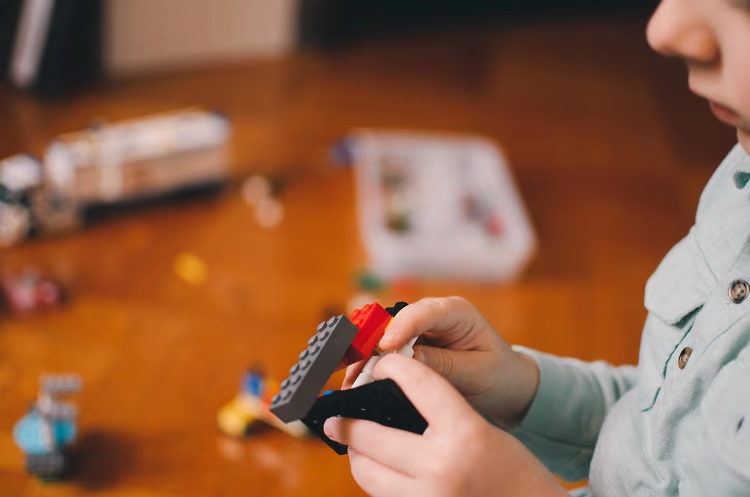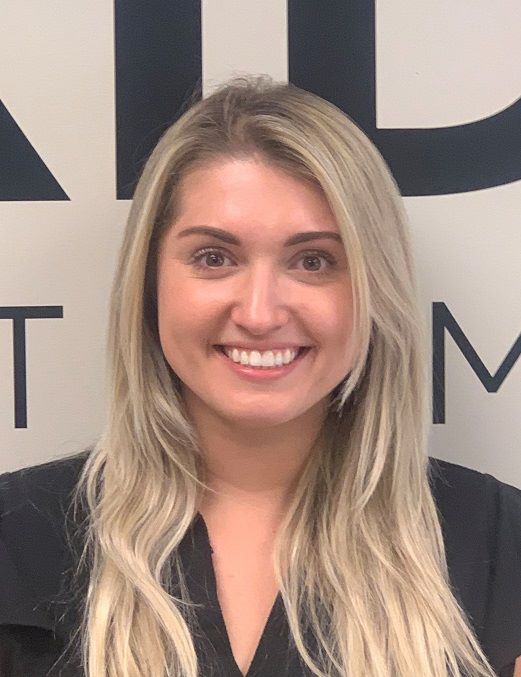Loading...

Behavior Analysis is the scientific approach to understanding behavior. Applied Behavior Analysis (ABA) is the application of this scientific approach through a data driven and evidence-based therapy.
ABA can be used to increase behavior, such as providing greetings, attending to a speaker, or walking safely in the community. ABA can also be used to teach new skills, such as toilet training, using a fork and spoon, and using new vocabulary words. ABA can also be used to reduce challenging behaviors and replace them with functional responses. During ABA treatment, a clinician will create an individualized program designed specifically for each client using a variety of behavioral strategies. Together the clinician and the parent outline important areas and focus on improving those skills within the child.
Current medical research shows that modern approaches to ABA therapy are very successful for most people with autism. ABA therapy is affirmed by the American Psychiatric Association, the American Psychological Association, and the U.S. Surgeon General as a valid and evidence-based therapy for autism. Research also suggests that early intervention in the form of intensive and consistent behavior treatment lead to more sustained gains in cognition, academics, adaptive behaviors and language.
An ABA therapy team consists of one BCBA (Board Certified Behavior Analyst) or a combination one BCaBA (Board Certified Assistant Behavior Analyst) and an overseeing BCBA. The BCBA/BCaBA creates the treatment plan and provides ongoing training, support, and guidance to a team of 2-4 Registered Behavior Technicians (RBT) who implement ABA therapy directly in a 1:1 format. The BCBA provides weekly parent training to ensure there is generalization of skill sets across multiple settings.
Speech Pathologists, Occupational Therapists, and Physical Therapists are additionally members of the treatment team who will provide collaborative approaches regarding language development, sensory integration, and motor movement/planning. A collaborative approach with a multi-disciplinary team is considered best practice and will provide the best outcomes.

Erika is the Clinical Director at Bridges Spectrum Therapy, a Board Certified Behavior Analyst and Licensed Behavior Analyst in the State of Michigan. She has been working with children and adolescents with autism since 2015 and is an adjunct instructor at Arizona State University in the field of Applied Behavior Analysis.